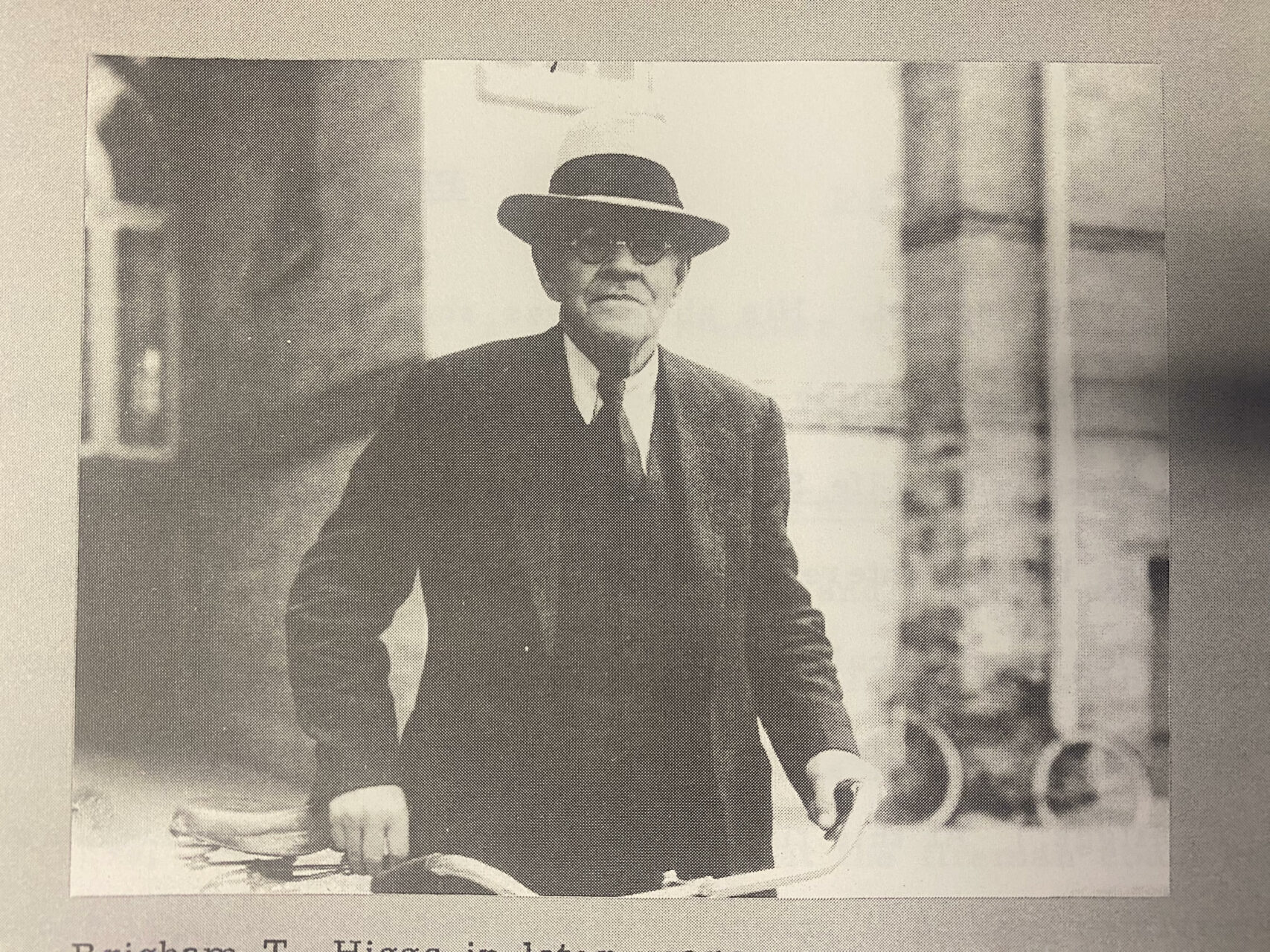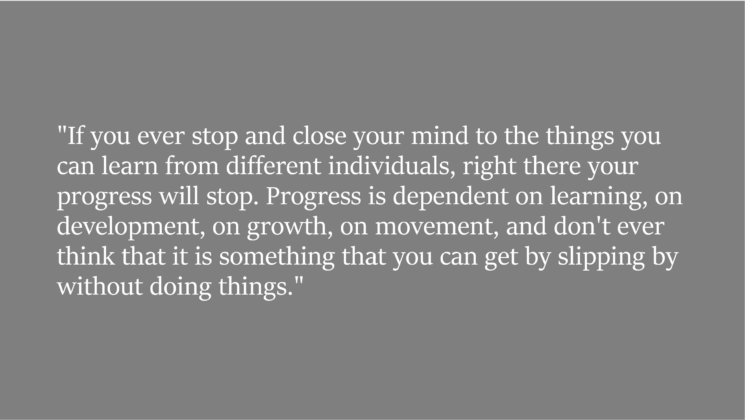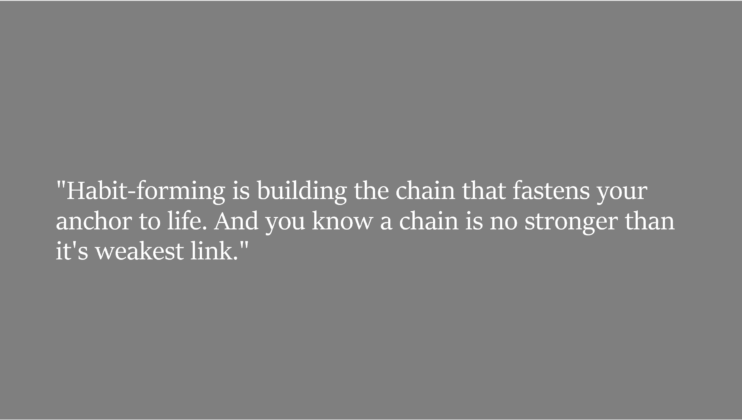
Brigham Thomas Higgs, or B.T. Higgs, started work at BYU as a furnace technician and janitor. His aptitude for carpentry and mechanics catapulted him into roles such as BYU’s first shop teacher and eventually the father of the modern-day custodial system at BYU.
Historian Richard Neitzel Holzapfel recorded the story of Higgs in 1996 as part of the Nauvoo Journal. Born in 1858 to two English parents, Thomas and Elizabeth Higgs, B.T. had an honest and humble upbringing and learned many of his skills from his father, who also worked as Brigham Young’s private carpenter for nearly a decade.

In 1895, once Higgs had a family of his own, he recognized the value of an education for his children and moved to Provo to be closer to the then-fledgling predecessor to BYU, Brigham Young Academy.
T. Earl Pardoe, author of “The Sons of Brigham,” recorded that Higgs started off caring for the academy building’s furnace, waking up at 2 a.m. to stoke the heater so it could be sufficiently warm for the students in the morning.
According to a newspaper clipping of the Provo Sunday Herald in 1928 in BYU Special Collection’s Faculty Biographical Files, Higgs stumbled across an opportunity when Benjamin Cluff, the third principal of the Brigham Young Academy, asked if he knew someone who could construct a bookcase for him.
“I told him yes, I knew of someone right here in the school who would be glad to do the job. I made that bookcase for him myself and he seemed quite pleased with it,” Higgs said to a Provo Herald reporter.
Higgs’ craftsmanship impressed Cluff, and so did his willingness.
“Sometime after this he came to me again and asked me how I would like to start a class in shopwork beginning with the second term,” Higgs said. “I told him I would do the best I could.”
The young BYA then received its first shop teacher. Higgs went on to train many of the mechanical and shop professionals and educators in Utah for the next 20 years.

He continued to teach woodworking until campus leadership appointed him as superintendent of custodians. As the leader of campus care, Higgs received permission to experiment with employing students instead of full-time janitors from the community.
In a life sketch found in Faculty Biographical Files by Higgs’ daughter, Emma Higgs Wakefield, she described his “vision” as he started the program.
“He conceived a plan that students could be used to do all the janitorial work, whereby, they could be able to make their way in school … It was so successful under his guiding hand that he was given the supervision of all the buildings, with the power to hire the young college students to do all the work,” Wakefield wrote in Higgs’ sketch.
Modern-day BYU students, such as sophomore Hazel Bell, work the janitorial shift for the same reasons Higgs established the program.
“I’m paying for myself and I don’t have a car. So the easiest way for me to get money is to work on campus,” Bell said.
Higgs took his superintendency as an opportunity to positively affect the lives of the young men employed as his janitors. The regular speeches and adages he shared with his janitorial force became renowned for the strong morals and character they promoted.
Higgs was especially concerned with timeliness, commitment, service and integrity. He had a voracious appetite for a job well done and refused retirement offered by BYU President Franklin Stewart Harris multiple times. He was faithful to this code until his death in 1939.
“He continued his regular supervision until the last week before his passing. After serving the BYU for 44 years, at the age of 81, alert and active as usual, when returning from a fishing trip he became the victim of an automobile accident, which caused his death ten days later, July 12, 1939,” Wakefield wrote in Higgs’ life sketch.
After his death, speakers reiterated Higgs’ teachings in the BYU Centennial Celebration and the dedication of the William H. Snell Industrial Education Building, among others. Higgs left his mark on the culture and structure of BYU as the first janitor, shop teacher and superintendent of buildings and grounds.









